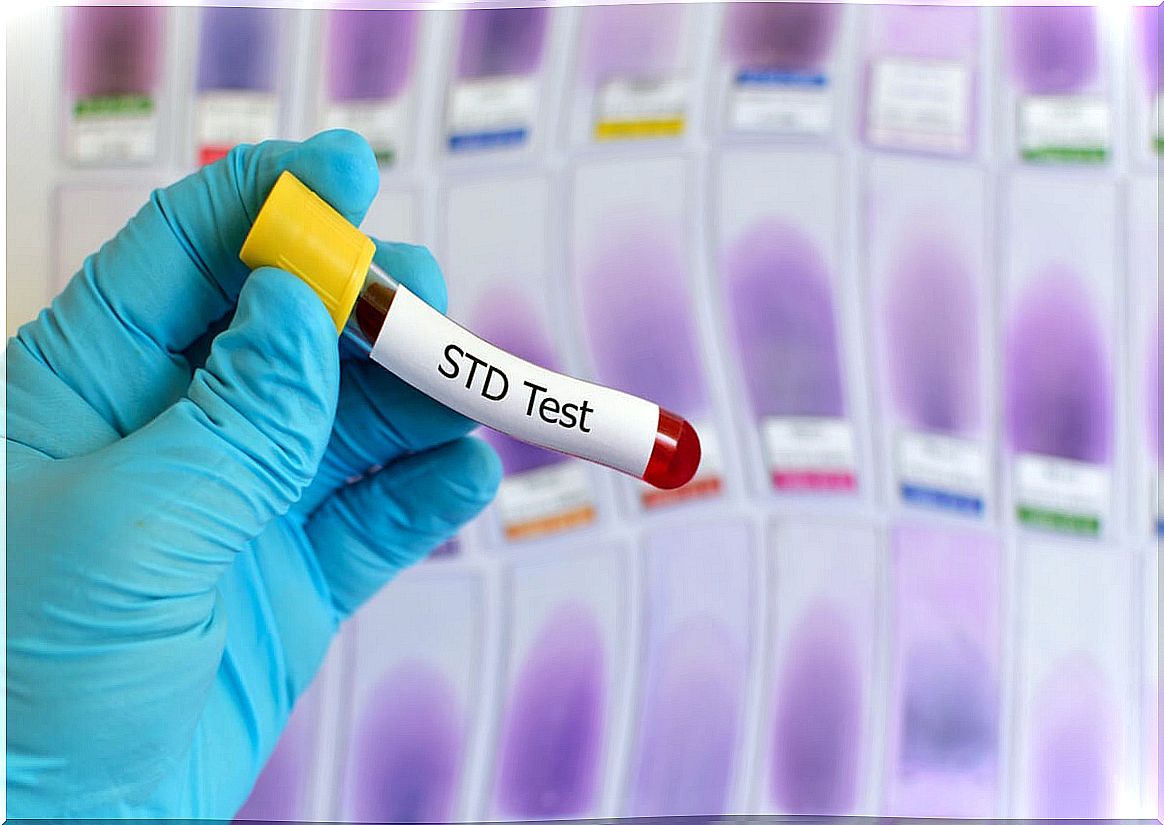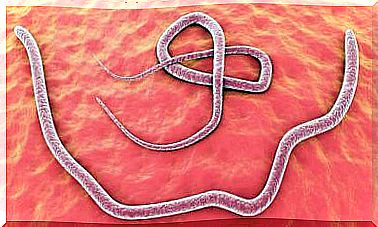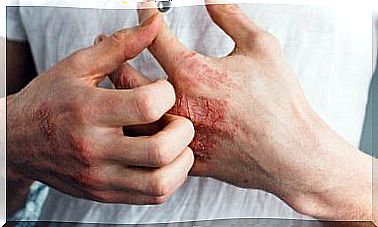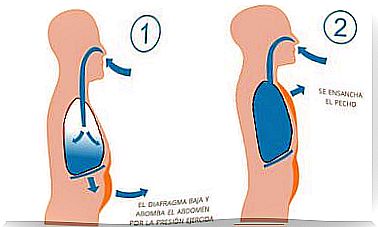Genital Rash: Symptoms, Causes And Treatment
A genital rash manifests itself as sores, itching, and external tissue bumps on the sexual organs, among other symptoms. The most relevant pathology contained in this clinical picture is genital herpes, which according to medical studies, is the cause of primary genital ulcer globally (85% of infections of this type).
Although in general, these pathologies are not serious, they promote a series of very uncomfortable symptoms for the infected person. That is why knowing how to detect the causes, types and treatments of genital eruptions is essential for a healthy sex life. Next, we explain everything about these pathologies.
About sexually transmitted infections (STIs)
Genital eruptions are, as a whole, in the group of sexually transmitted infections (STIs). This type of pathologies are contracted by unprotected sexual practices, although sources indicate that there are also cases due to the use of syringes, contact of blood with secretions and even in childbirth and lactation.
The Centers for Disease Control and Prevention (CDC) stress the importance of raising awareness about the risk of STIs. Some of the data collected in the United States in 2018 is alarming:
- 1.8 million cases of chlamydia annually, an increase of 19% compared to 2014.
- 583,405 cases of gonorrhea, an increase of 63% since 2014.
- 115,045 cases of syphilis, 71% more than that registered in 2014.
- 1 306 cases of syphilis among newborns, 185% of what was registered in 2014.
All these data underscore that sexually transmitted infections (of which many manifest with genital eruptions) are on the rise in recent years. Therefore, it is essential to know them perfectly and take precautions, which is not difficult at all.

Genital rash: symptoms and causes
Once we have framed this pathology in its framework, it is time to discover its characteristics. According to a bibliographic review article on which we will base ourselves to address the subject, there are three types of genital injuries:
- Infectious: they include the STIs mentioned above.
- Inflammatory: non-infectious.
- Neoplastic.
Infectious genital rash
Infectious genital rashes can be caused by many types of germs. In the case of being the result of a bacterial colonization, we find the following subtypes:
- Syphilis: it is a pathology caused by the microorganism Treponema pallidum. According to studies, it is characterized by the appearance of a lesion called a chancre .
- Soft chancre: This bacterial infection is caused by Aemophylus ducreyi. In this case, multiple and irregular chancres appear in the genital area. In 50% of the opportunities it is accompanied by adenopathies (swollen lymph nodes).
- Gonorrhea: caused by Neisseria gonorrhoeae. It produces urethritis (inflammation of the urethra), balanitis (enlargement of the head of the penis) and purulent discharge.
These are the most important, but not the only ones, since we also have other examples, such as the inguinal granuloma or Donovan’s disease, and the venereal lymphogranuloma produced by the Chlamydia genus .
From a viral point of view, and as we have advanced, genital herpes simplex is the most common representative. This pathology is caused by a DNA virus that occurs in two subtypes: HSV-1 and HSV-2. The second variant is responsible for 85% of genital infections.
This viral pathogen can be asymptomatic or give rise to a typical clinical picture (in 75% of cases) characterized by the appearance of painful vesicles in the genital area. They then develop into ulcers with fever, malaise, and itching.
There are other infectious pathologies that generate genital eruptions, as we have not covered those of parasitic origin (scabies or trichomoniasis, for example) or those produced by fungi (such as candidiasis). Still, these lines give us a general idea: most genital eruptions are viral and bacterial in origin.
Non-infectious inflammatory genital rash of neoplastic origin
These are much less common than the previous ones. Clinical dermatology books collect some of the reasons why this type of rash can occur:
- Reactions of the cutaneous mucosa due to hypersensitivity to certain drugs.
- Alterations in the immune system.
- Psoriasis: a common skin disease that accelerates the life cycle of skin cells.
- Self-inflicted injuries or sexual abuse.
Finally, neoplastic genital eruptions are generally caused by melanomas, which are a form of skin cancer. Epithelial carcinomas appear second. They are associated with tumor processes and, like inflammatory processes, are not infectious.

How are they treated?
Genital eruptions have such varied causes that it is difficult to cover them. The same happens with treatment, as it changes drastically if it is a self-inflicted wound or a viral infection.
- In the case of genital herpes simplex, systemic antiviral drugs such as acyclovir are the treatment of choice.
- In bacterial infections, the use of antibiotics is the way to go. For example, penicillin is used for syphilis.
- In the case of eruptions produced by fungi, such as candidiasis, antifungal medications are used.
What to remember about genital rash?
Although there are some types of genital rash that do not depend on relationships or the patient’s caution (such as psoriasis or epithelial cancers), most of the lesions in these areas are caused by sexually transmitted infections ( ITS).
These pathologies are on the rise, so it is essential to make the population aware of taking precautions when practicing sex. Talking with your partner, protecting yourself and conducting a medical check-up at the slightest suspicion of an STI are sufficient containment measures.









